The Black Sea Maritime Archeology Project wasn’t looking for shipwrecks. Its brief is to survey the Bulgarian coast of the Black Sea for data about the rise water levels after the last Ice Age 20,000 years ago. To accomplish this aim, marine archaeologists have been scanning the seabed using cutting edge Remotely Operated Vehicles that can detect land surfaces underneath what is now the Black Sea but in prehistory were on dry land. They’ve also taken core samples, laser scanned and filmed the sea bed both in video and with high resolution 3D photogrammetry. One of the two Black Sea MAP ROVs has broken records for depth (1,800 meters or 5,905 feet) and speed (over six knots) and was able to survey 1,250 km (777 miles), recording everything with its path using a full panoply of geophysical instrumentation, high definition cameras and a laser scanner.
A felicitous but entirely unplanned side-effect of this exceptionally thorough geophysical survey is the discovery of more than 40 historic shipwrecks, including ancient Byzantine, medieval and Ottoman ships. Some of them may even be the first of their kind ever found, previously known only from documentary sources. Such a large, varied group of shipwrecks from different periods will give archaeologists a whole new understanding of trade and maritime links between towns on the coast of the Black Sea.
[University of Southampton professor and Principle Investigator on the Black Sea Maritime Archaeology Project Jon] Adams comments: “The wrecks are a complete bonus, but a fascinating discovery, found during the course of our extensive geophysical surveys. They are astonishingly preserved due to the anoxic conditions (absence of oxygen) of the Black Sea below 150 metres.
“Using the latest 3D recording technique for underwater structures, we’ve been able to capture some astonishing images without disturbing the sea bed. We are now among the very best exponents of this practice methodology and certainly no-one has achieved models of this completeness on shipwrecks at these depths.”
With the data from the ROVs, researchers have created 3D digital models using the photogrammetry process. Software calculates the position of millions of points captured in thousands of photographs and builds a model which is then overlaid with the visual elements from the pictures to make it look real. The resulting 3D models of the shipwrecks are, to put it mildly, spectacular. Minute details are clearly visible. There is no pixelation and the kind of visibility difficulties that might impede clear video are no match for 3D photogrammetry. The results speak for themselves:
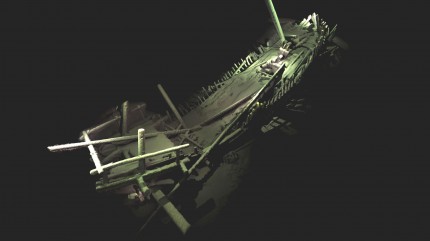
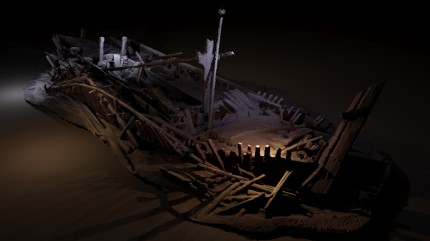
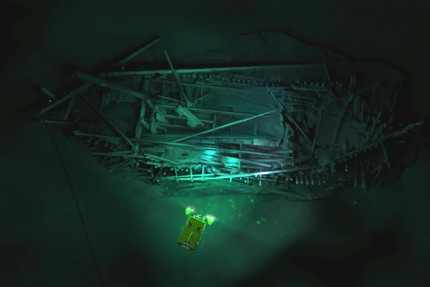
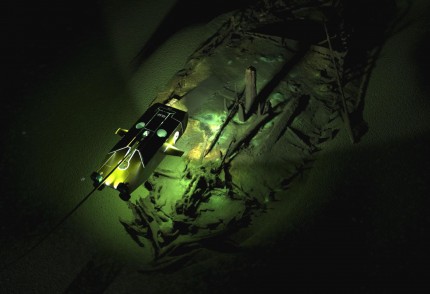
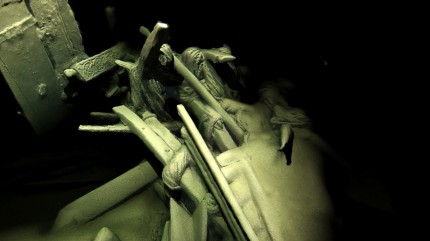
That is extraordinary indeed!
One little typo of yours, though:
“3D digital models suing the photogrammetry” …. suing …. :blankstare: :confused:
The photogrammetric models are spectacular –
thankyou.
Looking through a window, into the past. Remarkable.
Wowwwww! Amazing imagery and it’s exciting to think about how underwater archaeology will be changing as the quality and capability of ROV data-collecting continue to increase.
Whenever shipwrecks are studied, I always think of the poor devils who went down in the wrecks.
40 shipwrecks? Victims of climate change, no doubt.